Are Rawhide Chews Good for Dogs?
Rawhide chews in theory appear to be a good, long-lasting chew option for dogs. In reality, rawhide chews are absolutely terrible for dogs, and here's why:
-
Choking hazard
-
Intestinal blockage risks
-
Potential dental damage
-
Contamination & digestive distress risks
-
High in chemicals

Choking or Intestinal Blockage Risks
As dogs chew the rawhide it becomes softer, allowing a dog to bite off pieces which they in turn swallow. Unfortunately, these pieces can be large and can be a choking hazard.
When your dog swallows the pieces they've chewed off, the rawhide swells up to 4x in size during digestion making it harder for it to pass through your dog's digestive system and more likely to cause an intestinal blockage. The rawhide pieces typically pass through your dog whole which can make it more difficult for your dog to poop.
Potential Dental Damage
If you are giving or considering giving your dog a rawhide chew to help their dental health it could actually have the opposite effect. When your dog chews on the hard rawhide (before their saliva has a chance to soften it) it can cause dental fractures and even broken teeth. Puppies and senior dogs are particularly susceptible, but it can happen at any age.
A general rule of thumb when it comes to chew toys for your dog is if you can't make an indent with your fingernail your dog shouldn't be chewing on it.
Contamination & Digestive Distress Risks
Not all rawhides are produced or made equally and some have bacterial contamination. Dr. Michelle Burch said, "the most common bacteria seen on rawhides are Campylobacter and Salmonella.” This bacteria is a health risk for both your pet, yourself, and anyone else who may come in contact with the rawhide chew.
Salmonella can cause fever, nausea, vomiting, abdominal pain, diarrhea, and more with your dog. Campylobacter is a bacterial infection that your dog can spread to other pets they're in contact with while infected.
High in Chemicals
Rawhide chews are made from dried animal skins; specifically leftovers from the leather industry. The animal hides are taken directly from slaughterhouse floors and placed in salt brines to slow their decay where they usually sit for weeks to months to be transported to a tannery for manufacturing. Once at the tannery, the fat is separated from the skin of the animal hides by soaking them in lime and the hair is removed through physical and chemical efforts. This is a very chemically intensive process before the rawhide is made into desired shapes and may have artificial colours, flavours, etc. added to make the finished product look more desirable for you to purchase and enticing for your dog to chew.
Currently, the majority of rawhide chews are manufactured in Asia where rules and regulations for dog products are much lower than in North America and Europe. This means chemicals that are banned in the manufacturing process in other countries can be used when making rawhide chews for distribution and sale in other countries.
For the number of chemicals in rawhide chews alone, we highly recommend not giving them to your dog.

